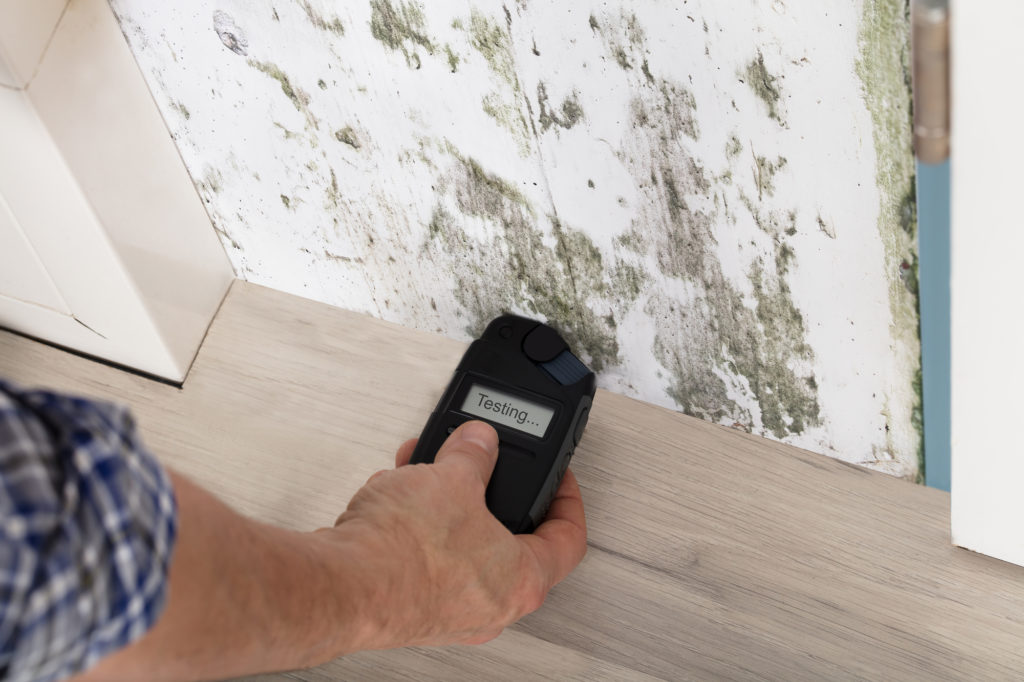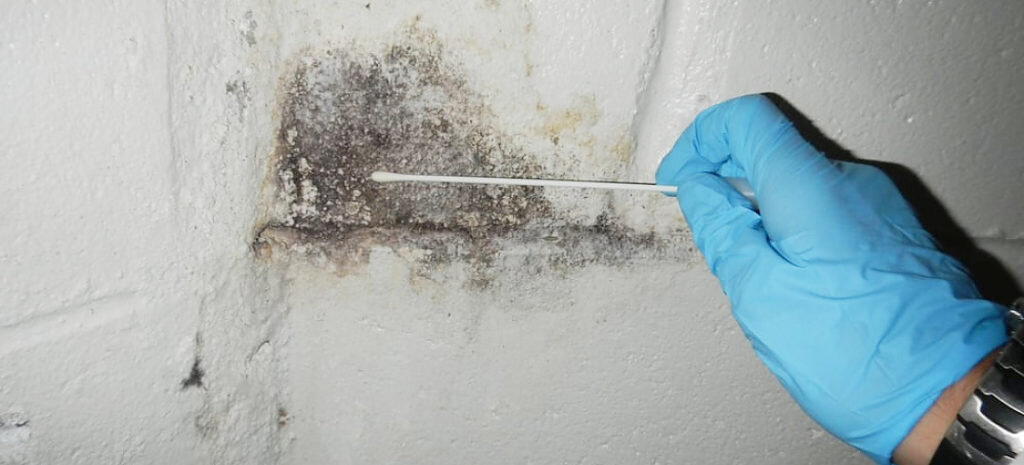Ensuring Post Remediation Verification Accuracy
Ensuring Post Remediation Verification Accuracy
Blog Article
Your Ultimate Guide to Article Mold Remediation Strategies
Browsing the world of post-mold removal methods is a precise process that requires focus to detail and an extensive understanding of the details entailed. In the after-effects of mold infestation, recognizing exactly how to effectively get rid of the mold and prevent its reoccurrence is paramount for keeping a healthy interior atmosphere. From selecting the ideal cleaning and decontaminating techniques to implementing strategies for long-lasting mold avoidance, each action in the remediation trip plays a critical function in ensuring an effective outcome. As we get started on this exploration of post-mold removal techniques, we will certainly discover the essential strategies and ideal methods that can aid you recover your area to its pre-mold condition and secure it against future mold hazards.
Recognizing Post-Mold Removal Process
After completing the mold remediation procedure, it is crucial to understand the post-mold remediation strategies that are essential to make certain a thorough and reliable cleaning. When the mold has been gotten rid of, the following step involves cleaning and decontaminating the impacted areas to stop any regrowth of mold. This consists of making use of specialized cleaning up agents to wipe down surface areas and eliminate any continuing to be mold and mildew spores. It is vital to dry the location totally to discourage the development of mold in the future (After mold remediation). Appropriate ventilation and dehumidification can help in this process.
In addition, carrying out a final assessment post-remediation is crucial to guarantee that all mold and mildew has been efficiently eradicated. If the examination discloses any kind of lingering mold and mildew, extra remediation might be necessary.
Efficient Cleaning and Sanitizing Techniques

Stopping Future Mold Development

Relevance of Correct Air Flow
Correct air flow plays a vital function in preventing dampness accumulation, a key consider mold growth within indoor settings. Efficient ventilation systems aid get rid of excess moisture from the air, lowering the opportunities of mold spores locating the moisture they require to germinate and spread. Without appropriate air flow, indoor areas can become a breeding place for mold and mildew, causing possible health dangers and architectural damage.
By making sure proper air flow, air flow systems can additionally aid in drying out damp areas extra quickly after water damage or flooding occurrences, further discouraging mold and mildew development. testing air quality after mold remediation. In spaces like restrooms, basements, kitchens, and attics where moisture levels tend to be higher, installing and maintaining effective ventilation systems is essential in avoiding mold infestations

Monitoring and Upkeep Tips
Offered the vital role that correct ventilation plays in protecting against mold and mildew growth, it is imperative to develop effective surveillance and maintenance pointers to make sure the continued performance of ventilation systems. Normal evaluations of air flow systems ought to be performed to inspect for any kind of indications of clogs, leaks, or breakdowns that could hamper proper air flow. Surveillance humidity degrees within the home is additionally important, as high moisture can contribute to mold development. Installing a hygrometer can assist track moisture levels and alert home owners to any type of spikes that might call for focus. In addition, ensuring that air filters are on a regular basis cleaned or replaced is necessary for keeping the efficiency of the ventilation system. Carrying out a timetable for routine maintenance tasks, such as duct cleansing and cooling and heating system evaluations, can assist stop concerns prior to they escalate. By staying proactive and alert to the condition of air flow systems, remove mold release agent homeowner can effectively reduce the danger of mold regrowth and preserve a healthy and balanced interior atmosphere.
Conclusion
Finally, post-mold removal methods are vital for guaranteeing a risk-free and clean setting. Recognizing the process, implementing reliable cleaning and disinfecting approaches, stopping future mold development, preserving proper ventilation, and normal tracking are all crucial actions in the removal process. By following these standards, you can efficiently get rid of mold and avoid its return, advertising a healthy living or functioning space for all residents.
In the results of mold and mildew infestation, knowing how to successfully eradicate the mold and mildew remove moldy smell and prevent its reoccurrence is vital for keeping a healthy interior setting. Once the mold and mildew has actually been removed, the following action involves cleaning and decontaminating the affected areas to stop any regrowth of mold - what to do after mold remediation. After removing visible mold and mildew development, it is crucial to clean all surfaces in the afflicted location to remove any remaining mold spores. To additionally improve mold and mildew avoidance measures, it is important to attend to underlying problems that originally led to mold and mildew growth.Offered the critical role that appropriate ventilation plays in avoiding mold growth, it is critical to develop reliable surveillance and upkeep pointers to make certain the ongoing capability of air flow systems
Report this page